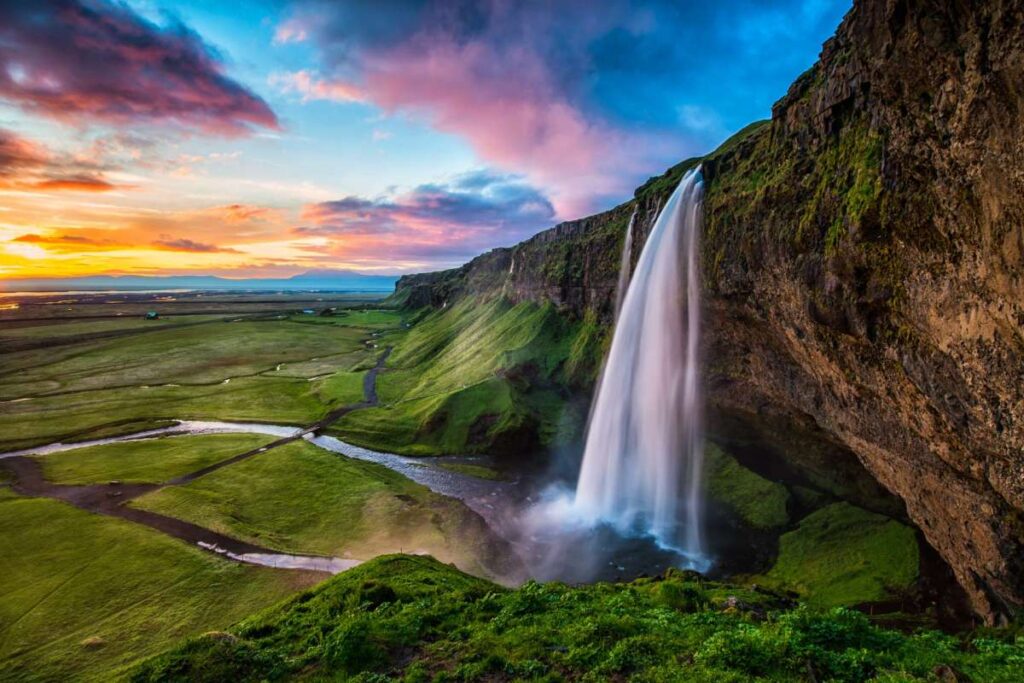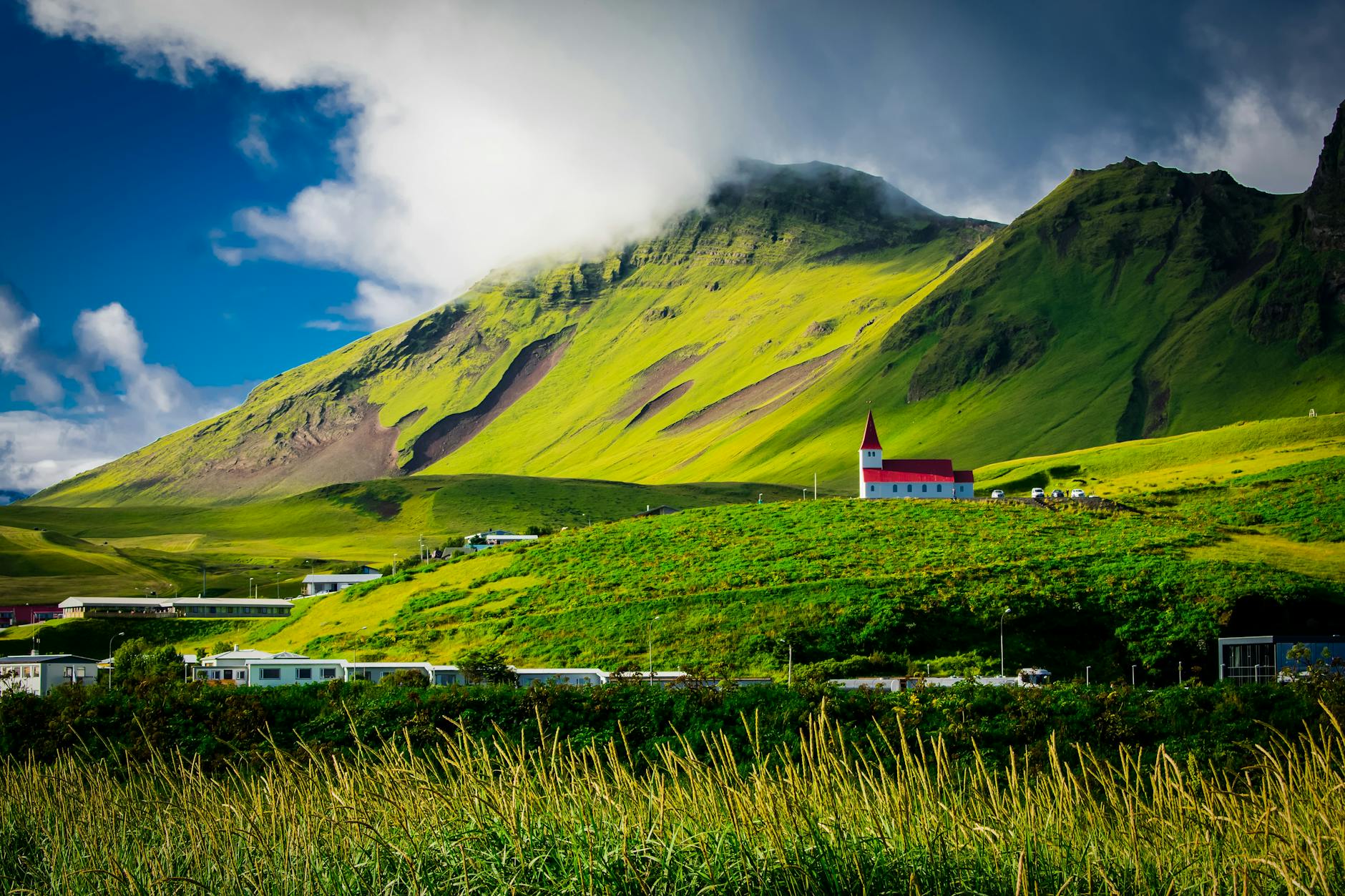Identifying the worst time to visit Iceland is essential for a successful travel experience. While Iceland is renowned for its beautiful beaches, historical sites, culture, etc. knowing when to avoid visiting can significantly enhance your trip. During unfavorable periods, travelers may encounter challenges such as unfavorable weather, overcrowded tourist spots, elevated prices, etc, all of which can diminish the pleasure of your vacation. These issues not only affect your overall experience but can also prevent you from fully enjoying all that Iceland has to offer. By being aware of the worst time to visit, you can sidestep the discomforts often associated with peak tourist seasons and choose a more pleasant time to explore this stunning destination. This guide will explore the months that may not be ideal for a visit and offer suggestions for the best alternatives for enjoying Iceland.

ABOUT [City Name]:
Iceland with a bustling urban center known for its cultural diversity, historical landmarks, and vibrant neighborhoods. This city is characterized by its energetic atmosphere, compact layout, or thriving business district.
It is a vibrant location for people seeking to experience cultural richness, historical significance, or modern thrill because it offers a variety of landmarks and attractions.Known as the “Land of Fire and Ice,” Iceland features dramatic landscapes with volcanoes, geysers, hot springs, and glaciers. Popular activities include soaking in the Blue Lagoon, exploring the Golden Circle, and witnessing the Northern Lights in winter. The unique culture is enriched by folklore and traditional music.
KEY ATTRACTIONS:
Iceland is known for its many key attractions. This vibrant city blends cultural elements with notable features, offering a unique and memorable experience. From different activities to stunning beauty , Iceland provides a rich and diverse visit for all.
1. Golden Circle – Popular tourist route featuring Þingvellir National Park, Geysir geothermal area, and Gullfoss waterfall.
2. Blue Lagoon – Famous geothermal spa with milky blue waters.
3. Reykjavik – The capital city with vibrant culture and nightlife.
4. Jökulsárlón Glacier Lagoon – Stunning lagoon filled with icebergs.
5. Northern Lights – Spectacular natural light display visible in winter months.
Worst Time to Visit [Destination]
The worst time to visit Iceland is during Winter (November – March). This period is often marked by bad weather—extreme heat, storms, cold, rain, etc, making outdoor activities uncomfortable temperature 28°F to 39°F (-2°C to 4°C). Visitors also face crowds, high prices, or any other factors that affect the experience, which can lead to long lines and a less enjoyable trip. With so many tourists around, popular attractions may feel overcrowded, taking away from the experience. To have a better vacation, it’s essential to plan your visit for a different time. This guide will help you understand when to avoid going to Iceland.
Reasons to Avoid This Time:
- Weather Issue: During Winter (November – March) experiences rain, snow, hurricanes, extreme heat, etc.. This can lead to disruptions in activities, uncomfortable conditions, etc.
- Crowds or High Prices: Many tourists flock to Iceland during Winter (November – March), causing overcrowded attractions and inflated prices for accommodations and flights.
Why Some Still Choose to Visit:
Despite these drawbacks, some travelers are drawn to Destination during Winter (November – March) for discounts, quieter atmosphere, etc.Iceland offers mention any specific perks during the off-season, such as lower prices or unique experiences.
The Best Alternatives:
If you’re set on visiting Iceland, consider planning your trip between Winter (November – March), when the weather is ideal conditions and crowds are more manageable. This way, you can enjoy mention best activities or highlights during this time.
Best Alternative City:
If you can’t visit Iceland, consider Norway. Known for its key attractions or features, it offers a similar vibe with fewer crowds.Offers breathtaking fjords, stunning landscapes, and outdoor activities with a similar vibe to Iceland’s natural beauty.
Travelers can enjoy specific activities or experiences while benefiting from lower prices and a more relaxed atmosphere, making it an excellent choice for your getaway.
Best Time to Visit:
The best time to visit Iceland is during Summer Months (June to August). During this period, the weather is usually mild, pleasant, sunny, etc. making it ideal for outdoor activities and sightseeing. Visitors can enjoy specific attractions or events, like festivals, natural beauty, etc. without the hassle of large crowds. Prices for accommodations and flights are often lower, allowing travelers to make the most of their budget. Whether you want to relax on the beach or explore historical sites, visiting [Destination] at this time will provide an enjoyable and memorable experience. Planning your trip around these months is highly recommended.
Tips for avoiding issues:
- Research Peak Seasons: Always check the peak travel seasons for your destination. Avoid visiting during these times to sidestep large crowds and high prices.
- Book in Advance: Plan and book your accommodations, flights, and activities well ahead of time. Last-minute bookings can lead to limited options and inflated prices.
- Stay Flexible: Be open to adjusting your travel dates or itinerary. Sometimes shifting your trip by just a few days can lead to a much better experience.
- Check Weather Conditions: Monitor the weather forecasts for your destination. Avoid traveling during extreme weather conditions, such as heavy rain or storms, to ensure a pleasant trip.
- Consider Local Holidays: Research local holidays and festivals, as they can result in crowded attractions and higher prices. Visiting during quieter times can enhance your experience.
Conclusion:
Worst time to visit Iceland can greatly affect your overall travel experience. By being aware of this period, you can make informed decisions to avoid unfavorable weather, crowds, and high prices. Understanding when to steer clear of the destination allows you to plan a trip that maximizes enjoyment and minimizes stress. Instead of facing the challenges associated with the worst time to visit, consider scheduling your visit during [ideal season], when you can take full advantage of [Destination]’s attractions in a more pleasant and enjoyable setting. Thoughtful planning ensures your adventure will be memorable for all the right reasons.
FAQ:
What is the best time to travel?
- The best time to travel depends on the destination and your preferences. Generally, consider visiting during the shoulder seasons (spring and fall) for mild weather and fewer crowds.
How can I save money on travel?
- To save money, book flights and accommodations in advance, be flexible with your travel dates, and consider using budget airlines or alternative lodging options like hostels or vacation rentals.
What should I do if I encounter problems during my trip?
- If you encounter problems, stay calm and assess the situation. Contact your accommodation or travel provider for assistance, and keep important contact numbers handy, such as local emergency services.
How can I stay safe while traveling?
- To stay safe, research your destination’s safety guidelines, avoid risky areas, keep your belongings secure, and stay aware of your surroundings. Trust your instincts and have a plan for emergencies.
What are some essential items to pack for any trip?
- Essential items for any trip include comfortable clothing, toiletries, a first aid kit, chargers for your devices, and important documents like your passport and travel insurance. Always tailor your packing to your specific destination and activities.

